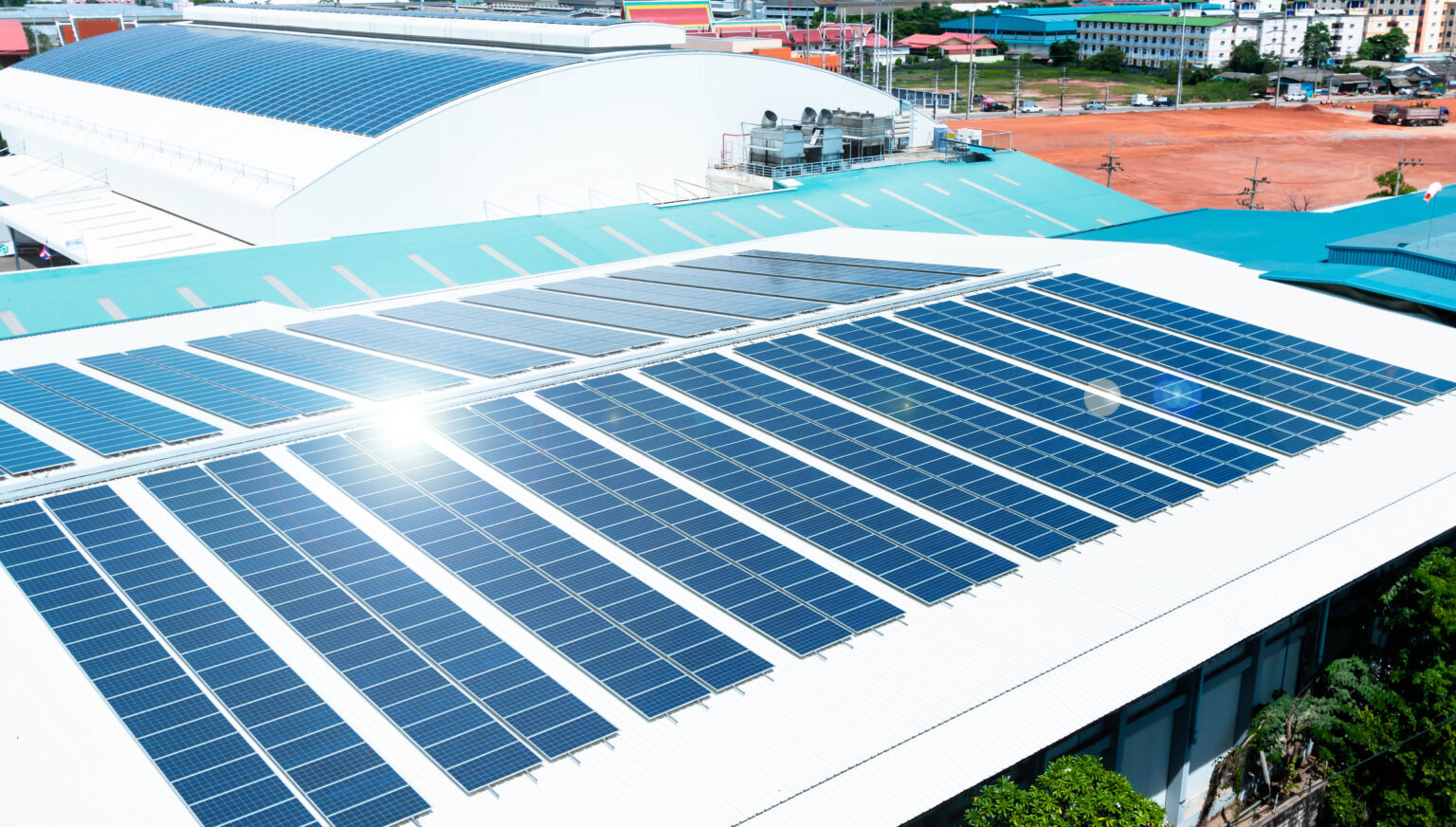As another year ends, the solar and energy storage market has continued to soar and break records. This past year has been one that has been filled with new policy changes and regulations, updates to major net metering programs, plus new improvements within Energy Toolbase that have helped the growth of solar and energy storage deployments and also raised a lot of questions that the ETB team has answered through blogs within theNewsroom. Our team takes pride in researching and creating valuable and insightful content that will help you with your projects and we’ve narrowed down the top 5 blogs that you have read the most throughout the year.
The all-important “NEM-3” proceeding was opened by the California Public Utilities Commission (CPUC) in August of 2020 and a Proposed Decision was released this month. It is expected that the final decision will be rendered in January 2022 and implementation will take place within the following six months. Given that NEM-3 implementation is expected within months of the final decision, it’s highly likely that by this time next year the industry will be operating in a NEM-3 world. This makes time of the essence for solar and energy storage customers that contemplate installing a system over the next 12 months. Those looking to install solar will have a strong economic incentive to secure NEM-2 status and lock in grandfathering protections. While the final language for grandfathering eligibility qualifications is still being concluded, most of the parties anticipate NEM-3 will follow the same process and language used during the NEM-1 to NEM-2 transition. Read thefull blog here and more of our NEM-3 content in theNewsroom.
In October of this year, we launched a brand new product to our software suite lineup, ETB Monitor.ETB Monitor is our asset monitoring platform that provides real-time insights into the performance and savings of solar and energy storage systems operating in the field and is effectively the UI layer of our Acumen EMS™ controls software. It was designed to provide complete transparency to project developers and asset owners, for projects that deploy our Acumen EMS™ controls software in the field. An ETB Monitor license comes standard with the purchase of an Acumen EMS™ controlled energy storage system (ESS). Read more about ETB Monitorhere.
We extensively studied PG&E’s new Option S rate to determine how utility bill savings for solar and energy storage projects compared to both the Option R rate and the default option. In 80% of the cases we ran, eligible C&I PV+ESS customers are best off opting onto Option S. They would be able to capture the highest bill savings, compared to the other available rate options, all other aspects equal. Option S is a good first step in providing ESS a stronger price signal, but we believe there are ways to improve on it. We’re optimistic about more storage-friendly, daily demand charge rates being implemented in the future. Read the full blog and analysishere.
4. An Overview of our new ETB Developer v4 Release
In April, Energy Toolbase released the biggest update to theETB Developer modeling platform to date. Our v4 platform combines powerful new features and redesigned interfaces with the familiarity of ETB’s beloved workflows and everyday functionality. Our product and engineering teams have strived to balance delivering powerful new modeling functionality while maintaining simple and intuitive user workflows. As with all ETB software releases, our new update has been guided primarily by feedback and requests from our user base. As the solar and energy storage market continues to evolve, we are confident that our new release will ensure that ETB maintains its leadership position in the market and continues to offer users a best-in-class product for accurately, objectively, and transparently modeling the economics of their distributed energy projects. Read thefull post here and learn more about our new software release.
California’s next NEM tariff iteration is expected to introduce radical changes from the state’s currently effective NEM-2 solar export compensation structure, which has been in effect for just over five years. It is widely expected that NEM-3 will erode the value of customer-sited solar by severely cutting the value placed on solar exports. The California Public Utilities Commission (CPUC) is released its Proposed Decision in December 2021, with a Final Decision to follow on January 27, 2022. Therefore, time is dwindling for new, potential solar customers to move their project forward and lock in grandfathering protections under NEM-2. In ETB Developer we now offer an accurate, objective, and transparent workflow for modeling NEM-3 scenarios which are detailed inthis blog post.

